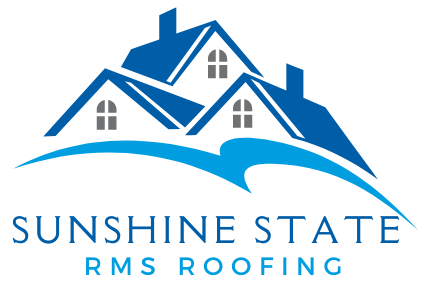A roofing inspection covers numerous aspects, from shingles to flashing, designed to assess a roof’s overall health and identify potential issues before they turn into costly repairs. Inspectors evaluate everything that affects the roof’s structure, water resistance, and durability, ensuring that it continues to protect your home effectively. Below, we take an in-depth look at the key areas professionals review during a comprehensive roof inspection, highlighting what makes each component crucial to a secure and resilient roof.
Shingle Condition and Surface Integrity
Inspecting shingles is one of the primary steps in any roofing inspection. Shingles shield the home from the elements, making it vital to check for any that are cracked, missing, or curled. Damaged shingles often lead to leaks, reducing the roof’s protective ability. An inspection ensures that shingles are intact and adequately sealed to keep moisture from seeping in, which can otherwise lead to mold growth or structural decay. Well-maintained shingles are essential to maintaining the roof’s longevity and insulating properties.
Flashing and Water Sealing
Flashing is critical in preventing water intrusion, particularly around vulnerable areas like chimneys, vents, and skylights. During the inspection, a professional will check for loose, corroded, or missing flashing and ensure that it is sealed properly to prevent leaks. Flashing’s ability to redirect water away from roof joints and seams helps to maintain a dry, healthy roof structure. Any problems in the flashing can compromise the roof’s water resistance, leading to costly water damage over time.
Gutters, Downspouts, and Drainage Efficiency
An effective drainage system is essential to a roof’s performance, as it directs water away from the roof and prevents it from pooling. During the inspection, gutters and downspouts are examined for blockages, alignment, and signs of wear. Clogged or damaged gutters can cause water to back up onto the roof, leading to rot or leaks. Ensuring that water flows efficiently through the drainage system protects the roofing materials and underlying structure, reducing the chance of water-related damage.
Ventilation and Attic Health
Proper roof ventilation helps maintain balanced air circulation, essential for temperature control and moisture management. During a roofing inspection, attic vents, ridge vents, and soffits are evaluated to ensure they’re working effectively. Inadequate ventilation can cause moisture buildup, which may lead to mold growth or wood rot. By supporting proper airflow, a healthy ventilation system enhances energy efficiency and reduces wear on roofing materials, promoting the roof’s durability and overall performance.
This comprehensive approach in roof inspections ensures that each critical area, from shingles to ventilation, is thoroughly evaluated. Regular inspections allow homeowners to catch small issues early, safeguarding their roof’s integrity and ensuring a comfortable, safe home environment.
Learn more:

